What Is the Thyroid?

It's a butterfly-shaped gland in your neck that makes hormones that go into your blood and then to every cell in your body. Thyroid hormones play a big role in helping your body work right. They help keep you warm and give you energy. They also support your muscles as well as your heart, brain, and other organs.
What Is Thyroid Cancer?
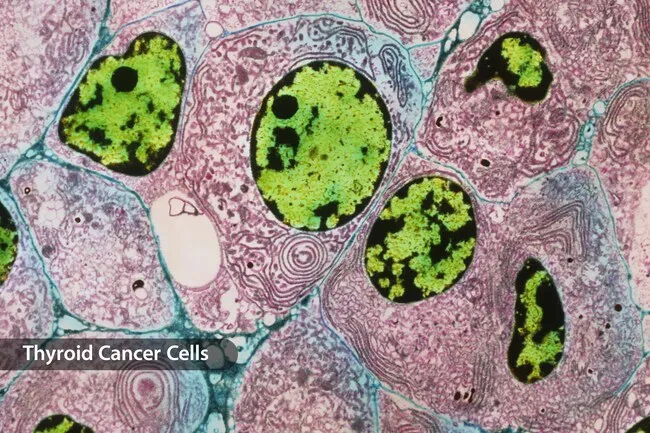
When you have cancer, faulty cells grow out of control and crowd out healthy ones. There are four types of thyroid cancer: papillary, follicular, medullary, and anaplastic. How serious the illness is -- and the kind of treatment you get -- depends in part on which type you have.
Nodule on Your Thyroid

Thyroid cancer may not cause any symptoms early on. The first sign is often a small bump, or "nodule," on your thyroid gland. It's not something you're likely to notice on your own. Your doctor usually feels it in a physical exam. He might spot it in an X-ray or CT scan, often after you get one for another problem. About 90% of the time, these nodules are benign (noncancerous) and need little or no treatment.
What Else to Watch For

As thyroid cancer gets more advanced, you might notice symptoms like:
- Lump or swelling in your neck that's especially fast-growing
- Pain at the front of your neck or moving up to your ears
- Constant cough or hoarseness, with no obvious cause
- Trouble breathing or swallowing
These could suggest a number of different illnesses besides thyroid cancer, so talk to your doctor about all your symptoms.
Diagnosis
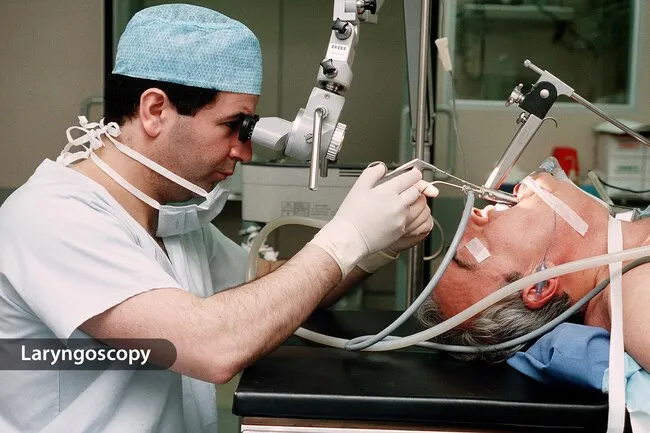
Your doctor may start with a physical exam and ask you about your family medical history. He may put a small, thin camera down your throat to look for problems, a procedure called a laryngoscopy. He might take images of your thyroid with an MRI, CT scan, or ultrasound. To make a diagnosis of thyroid cancer, your doctor will do a biopsy by removing some thyroid tissue and checking it for cancer cells.
Differentiated Thyroid Cancers

Most thyroid cancers are called "differentiated," which means the cancer cells tend to look a lot like normal cells. One differentiated type, papillary, usually grows in one of the two lobes of your thyroid. Though it sometimes spreads to the lymph nodes of the neck, treatment for this type of cancer is quite successful. A lack of iodine may lead to another type, follicular, that doesn't typically spread to the lymph nodes.
Medullary Thyroid Cancer (MTC)
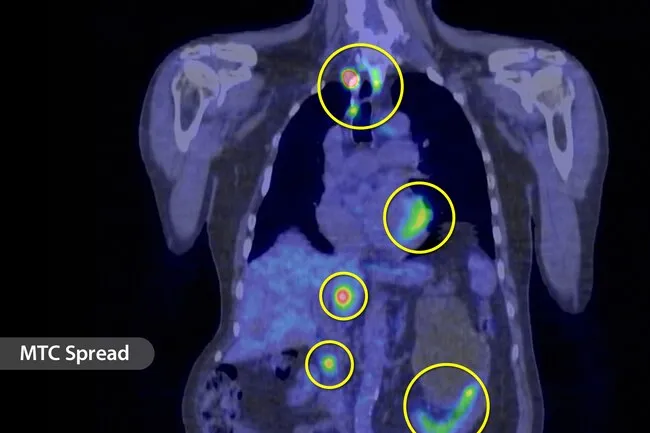
It starts in thyroid cells that doctors call C cells. The cancerous cells can spread to your lungs, liver, or lymph nodes before you even notice it. "Sporadic" MTC, which doesn't run in families, is the most common kind of MTC. "Familial" MTC, which your parents pass to you through their genes, makes up about 20% of cases. The familial type usually shows up in both lobes of your thyroid when you're a child or young adult.
Anaplastic

It's fairly rare, making up about 2% of all thyroid cancers, and it's most common in older women. It grows and spreads quickly to the neck and other parts of the body. It's called "undifferentiated" because the cells don't look like normal thyroid cells. It's hard to treat. In some cases, it seems to grow from papillary or follicular cancer.
Treatment
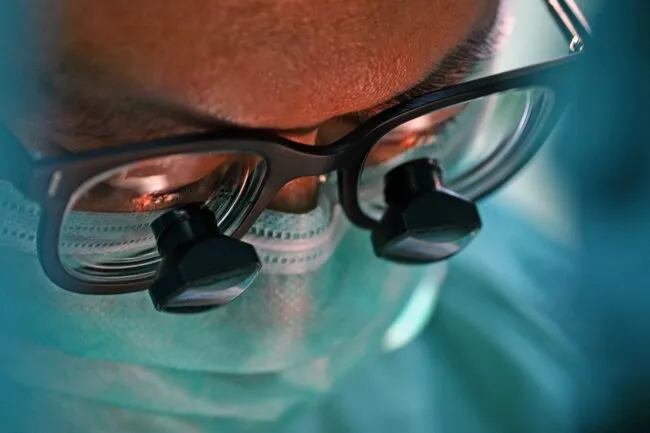
Surgery is the first line of defense for thyroid cancer. Your surgeon might remove some or all of the gland and the surrounding lymph nodes, depending on the extent and type of the cancer. Often, surgery is enough, but when the tumors are larger or spread elsewhere in the body, your doctor may suggest radiation, chemotherapy, radioactive iodine, or targeted therapy that goes after specific cancer cell types.
Causes
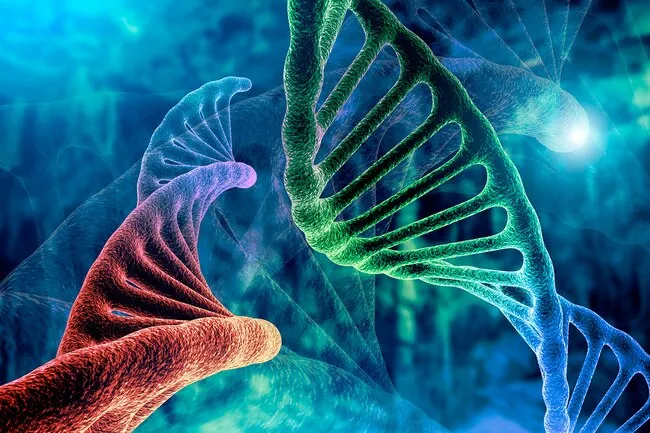
Scientists don't know exactly what causes thyroid cancer, but there are certain things that appear to make people more likely to get it, such as:
- Radiation therapy around the head or neck as a child
- Low-iodine diet (uncommon in the U.S.)
- Ages 25 to 65
- Female
- Asian ethnicity
- You previously had a goiter
- Family or personal history of thyroid disease or thyroid cancer
- Genetic conditions like FMTC, MEN2A, or MEN2B
After Treatment

Even if surgery and other treatments get rid of your thyroid cancer cells, you'll need to go back to the doctor to check if the cancer has returned. Go to all your follow-up appointments, and tell your medical team about any new or returning symptoms. This is important because thyroid cancer can grow back slowly, sometimes 10 or 20 years after your first treatment.
Cancer: Visual Guide to Thyroid Cancer
This tool does not provide medical advice. See additional information: 
© 1996-2024 WebMD, LLC. All rights reserved.
Source slideshow on WebMD
